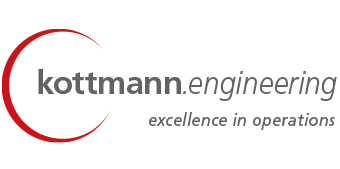PROJECT EXAMPLES
Restructuring and reorganisation of manufacturing companies;
programmes enhancing revenue and efficiency of international production networks
CRO (CHIEF RESTRUCTURING OFFICER)
AT A WELL-KNOWN AUTOMOTIVE SUPPLIER FOR PRODUCTS IN THE FIELD OF STEERING TECHNOLOGY (TIER 1)
KEY DATA:
- Development and manufacture of steering systems
- 200 million EUR turnover
- 8 production sites (incl. in Germany, Bulgaria, Norway, Mexico, China);
large value-added share in Germany - Registered office and development centre in Germany
Management and implementation of the restructuring
Strengthening of the existing management team by supplying more managers and specialists (incl. plant management, assembly management, shop floor management, logistics, SAP)
Circumstances and environment:
The medium-sized company, family-run for many decades, is based on a very heavily pronounced technological product expertise. Robust products led to a very large market share of well-known customers being established. The products are, generally speaking, safety-related in their use. A unique selling point lies in the fact that the value-added chain is characterised by a very large amount of in-house manufacturing.
In recent years, the company has increasingly come under pressure due to rapid growth in the form of turnover and product variety, combined with fast implementation of a globalisation strategy. Production sites were established in various regions and countries, a “local for local” strategy was introduced under high pressure. The fixed-cost structure significantly increased during this period. Furthermore, the international production network necessitated an increasing and urgent need for organisational structures and processes.
Our approach:
In close cooperation with a well-known audit firm, we made the key drivers of complexity and cost transparent, translated this into a future strategy tailored to the customer and worked out a comprehensive package of measures. Together with the management and executives at the various sites, we gradually implemented and continuously refined the package of measures.
The joint approach enabled us to significantly and, above all, sustainably improve the cost and cash-flow position.
Summary of a few focus areas and courses of action:
- Member of the steering group (shareholders, customers and other participants) in the role of the “CRO”.
- Support in the M&A process.
- Organisational development and further development of management and leadership processes to enhance results at the sites (quality, delivery, costs). Thereby, in particular, empowerment of the organisation to find a sustainable solution for complex tasks. Enhancing effectiveness in cooperation in the international production network.
- Leading the programme of measures. Drafting, further development and implementation of a package of measures to enhance the result.
- Introduction of a logistics organisation throughout the group.
- Development of logistical processes for an efficient cooperation across all plants.
- Logistical control of production orders and safeguarding of supplies to customers within the international production network.
- Introduction of comprehensive support and provision of training courses on using the SAP system.
- Reduction of complexity in particular by redesigning logistical supply chains and reduction of long through-put times within the international value-added chains.
- Significant reduction of special cargo and quality costs.
- Planning and implementation of relocations of production. As a result, significant complexity reductions due to the unbundling and consolidation of value-added stages.
- Extensive increase in the availability of machinery and equipment (OEE).
- Introduction of shop floor management into the production plants and integration of the worker level. This includes significant further development of the continuous improvement process.
COO (CHIEF OPERATING OFFICER)
AT A WELL-KNOWN AUTOMOTIVE SUPPLIER FOR MECHATRONIC COMPONENTS (TIER 2)
KEY DATA:
- Development and manufacture of mechatronic components (incl. for micromotors, microgears, actuators)
- 250 million EUR turnover
- 4,400 staff
- 8 production sites (Germany, Hungary, Romania, Mexico, China);
very large value-added share in Eastern Europe in particular Hungary - Registered office and development centre in Germany
Management of the international production network – member of the management board
Circumstances and environment:
A medium-sized, family-run company, which specialises in the development and large-scale manufacture of mechatronic components. Unique selling points include the capacity to manufacture high quality, mass-produced mechatronic components (in some instances, safety-related applications in vehicles). The company has grown rapidly within a few years due to the acquisition of major contracts and purchases of further business units. Alongside this growth, the number of production sites has rapidly increased (in part, also due to purchases which had already needed restructuring at that time). The rapid growth necessitates further developing and adapting existing organisational structures and processes accordingly.
The company is primarily characterised by the fact that the most significant part of its added value had already relocated to Eastern Europe and new projects, generally speaking, start there. Although the focus of the added value is already in low-wage countries, the costs and results situation is not adequate.
Our approach:
In close cooperation with a well-known audit firm, we worked out the key cost drivers and made them transparent. Together with the shareholders and customers, the target state of the global site strategy was further developed and refined. A comprehensive package of measures was created; related to the entire group and formulated in detail in a site-specific way. A key challenge was to reassess the existing very large number of individual measures for their effectiveness, to combine these, prioritise them and to assign clear responsibilities within the corporate group. In our approach, we further strengthened the organisational structures, such as quality, technology, logistics and supplied the prioritised packages of measures aimed at these divisions. These packages of measures were then further developed within these functional areas and transparently implemented at the respective sites. The attendant further development of management and leadership processes was a very important element here.
This approach significantly and sustainably improved the cost and cash-flow position, which was crucial for the M&A process running alongside this.
Summary of a few focus areas and courses of action:
- Integration and continuous communication with the most important customers and reporting on the current situation, the actions taken and their effectiveness.
- Close coordination with the customers re. quality, delivery and costs; at the same time, integration of representatives of the customers in the respective sites.
- Organisational development in various sites, in particular in the production, logistics, quality and technical planning and service functions divisions. In the process, further development of functional excellence in the respective functional areas. Further development of the matrix organisation in order to significantly improve cooperation within the corporate group.
- Leading the programme of measures. Drafting, further development and implementation of a package of measures to enhance the result. Assignment and prioritisation of the measures to the respective functional areas. Introduction of management/ review control loops and management processes.
- Support and management of start-ups and full-capacity production of new products, processes and production lines.
- Safeguarding of delivery capacity to the customers. Managing the reduction of the backlog.
- Increasing the technical availability of equipment and machinery. Consolidation of maintenance and servicing (incl. further developing tool making, introduction of management processes).
- Relocation of processes and technical equipment to other sites (within the plant network and to the customer).
- Introduction of shop floor management into the plants. At the same time, significant further development of the continuous improvement process.
SENIOR ADVISOR OPERATIONS
AT A WELL-KNOWN MECHANICAL ENGINEERING FIRM IN THE PLASTICS PROCESSING INDUSTRY
KEY DATA:
- Development and construction of large-scale facilities and machinery for the plastics processing industry
- Market leader in this product segment
- 200 million EUR turnover
- 7 production sites (Germany, Italy, USA, China);
Main focus of the added value is in Western Europe - Registered office and development centre in Germany
Partner focusing on technology and operations in cooperation with an audit firm
Circumstances and environment:
A medium-sized company which has been represented as a leader in technology on the market for many decades and is firmly established on the market due to its continuous progress in innovation and the robustness of its machinery and equipment. The company had been taken over by an investor a few years earlier. The corporate group recorded considerable sales growth during the last few years. Purchase of a smaller competitor and a significant expansion of the product range offered was pivotal for this.
The complexity within the company sharply increased as a result.
The company had evolved from a mechanical engineer into a system provider (turnkey) without following the organisation and process structures required for this. The existing project management system was insufficient for complex system projects in an international production network.
Added to this was the fact that the internationalisation of the sites was further fostered in parallel. The available skills of the staff were squeezed in some instances due to the strong growth and increase in complexity. The manufacturing process of a piece of equipment/ machinery was characterised by the fact that this was very often spread over several sites. The existing understanding was, amongst other things, characterised by optimally using spare capacities and available skills worldwide. In this context, the manufacturing costs have substantially increased compared with the planned costs.
Our approach:
The substantiated evaluation of the company situation carried out jointly with the company was the basic prerequisite for the further course of action. A significant part of the basic understanding lay in the fact that the increased complexity and volume of the respective contracts must also be reproduced according to the organisational structures and processes. In particular, the changed requirements of the “project management system” tailored to the company in conjunction with the “operational target states of the respective sites (dimensioning and skills)” were of great importance. A major breakthrough also lay in understanding how the content of contracts included has changed over time and how, at the same time, implementation has encountered limitations and attempts at solutions have been rigorously derived from these (incl. distinguishing contracts according to skill needs, quantifiably assessing the complexity of the technology, illustrating value-added chains within the international production network).
Summary of a few focus areas and courses of action:
- Analysis of the sales performance of recent years in conjunction with the characteristics of projects taken on. A larger number of significant projects was consulted here and subjected to an operational analysis. A very tailored profile emerged for each individual project. This profile was reconciled with the existing skills of the company. The discrepancy was thereby clear. It must be emphasised here that this course of action provided the basis for introducing corrective actions and above all accurate predictions could also be made regarding the course of future projects and their cost structures.
- Analysis of the customer projects according to their contribution to profit/ loss in conjunction with the technical project specification. Derivation of correlations.
- Formulation of basic principles to carry out the target structure and dimensioning of the respective sites. This created the prerequisites for further consolidation of value-added processes within the international production network.
- Specialisation of the respective sites in specific project content (tailored to the respective project specification; incl. also reduction of the intercompany dependencies).
- Order acceptance process (inter-divisional assessment, audit and decision-making) adjusted to and coordinated with the capabilities and “operational bottlenecks” of the individual sites.
- Specific content for further development of the company-specific project management and quality management system. Tailored to projects within the field of traditional mechanical engineering, but, above all, also to projects as the provider of complex plant systems (turnkey supplier).


